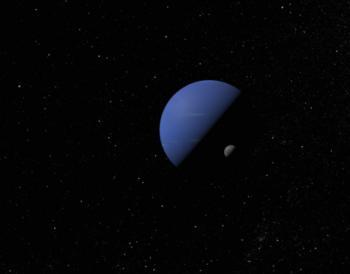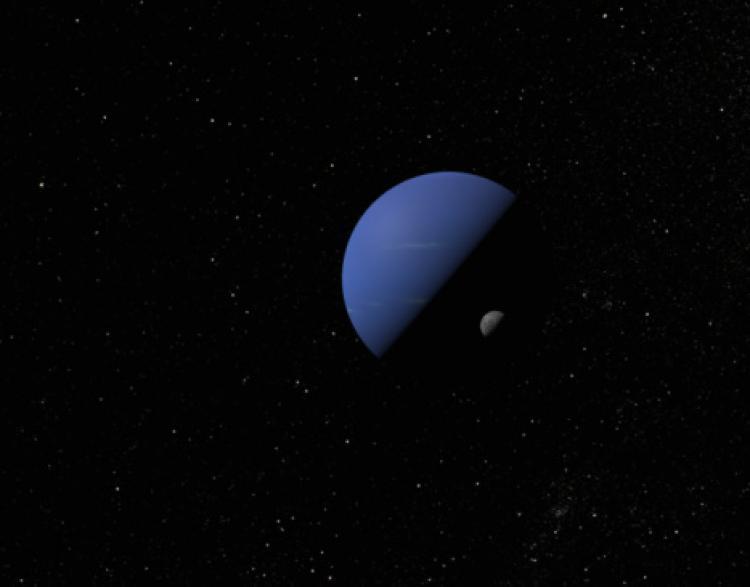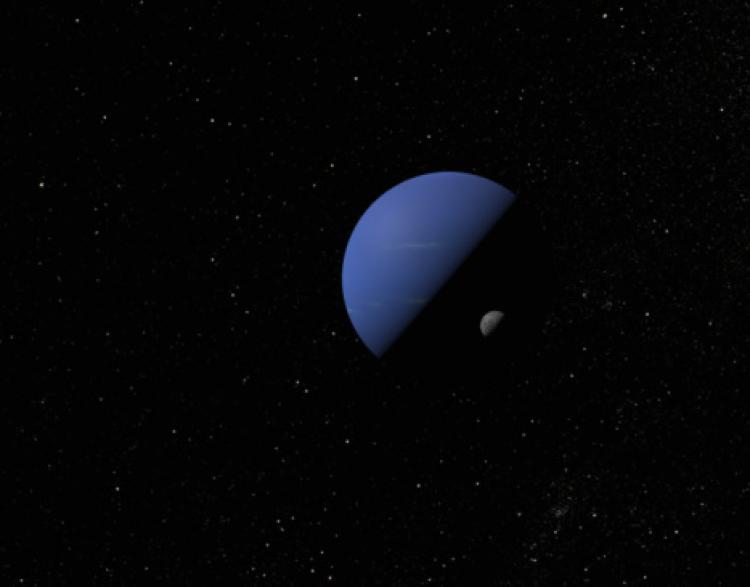Neptune One Year Away From First Complete Orbit Since Discovery
Neptune will finally complete its first full orbit of the sun, since its discovery in 1846, one year from now.

Neptune will finally complete its first full orbit of the sun since it was discovered in 1846, approximately one year from now, according to NASA estimates. Photos.com
|Updated:




